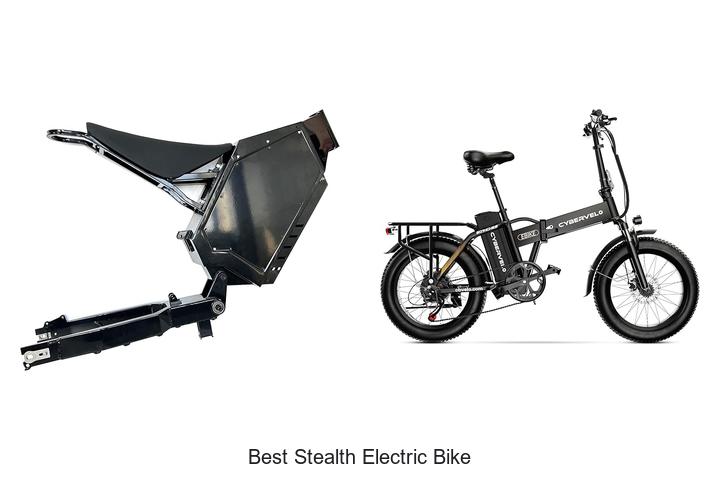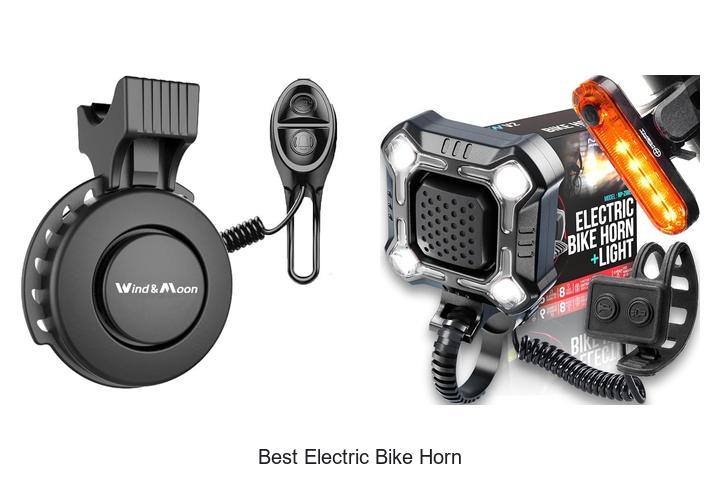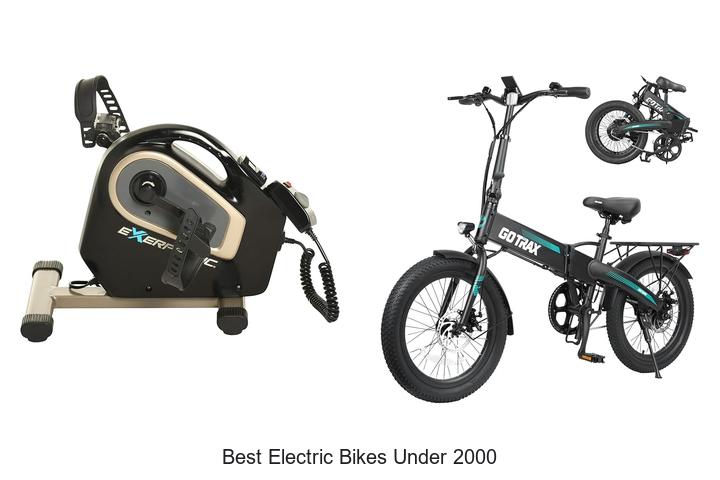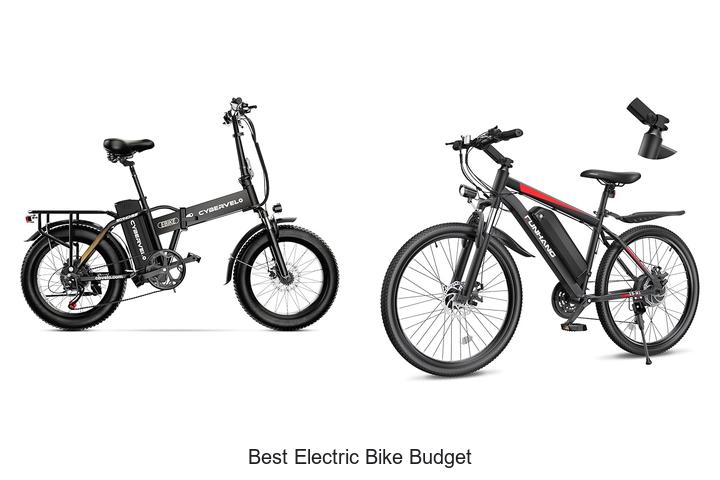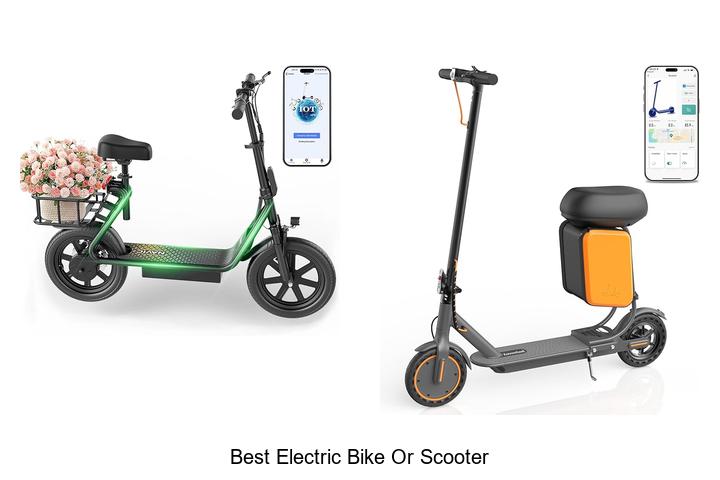How to Remove Electric Bike Rear Wheel: Step-by-Step Guide
Removing the rear wheel of your electric bike might seem tricky at first but with the right steps it’s a straightforward task you can handle yourself. Whether you need to fix a flat tire or perform maintenance this skill will save you time and money.
Understanding how to properly remove the rear wheel ensures you avoid damaging important components like the motor or brake system. Once you get the hang of it you’ll feel more confident tackling other bike repairs and upgrades.
In this guide you’ll learn the essential tools and step-by-step process to safely take off your electric bike’s rear wheel. Let’s get started so you can keep your ride smooth and hassle-free.
Tools Needed to Remove an Electric Bike Rear Wheel
Removing your electric bike’s rear wheel requires certain tools to ensure the process is smooth and damage-free. Use the right equipment tailored to your bike’s specifications.
Essential Tools Checklist
- Adjustable wrench: Fits most axle nuts and loosens or tightens them securely.
- Allen wrenches (hex keys): Sizes 4mm, 5mm, or 6mm suit most bolts on the rear wheel and motor housing.
- Tire levers: Help pry off the tire if you plan to remove it along with the wheel.
- Screwdrivers: Phillips or flathead to disconnect electronic connectors or access motor covers.
- Bike stand or workbench: Holds your bike steady and at a comfortable height during wheel removal.
Optional Tools for Specific Bike Models
- Torque wrench: Ensures bolts and nuts meet manufacturer torque specifications, preventing overtightening.
- Cassette lockring tool: Required if you need to remove the rear cassette or freewheel on geared electric bikes.
- Motor connector tool: Some e-bike models include special connectors needing specific tools to unplug safely.
- Cable ties and zip cutters: Useful for managing and securing loose wires after disconnecting the motor.
- Pliers: Assist in handling clip pins or stubborn connectors specific to certain electric drivetrain systems.
Preparing Your Electric Bike for Rear Wheel Removal
Preparing your electric bike ensures a safe and efficient rear wheel removal. Follow these steps carefully before starting the process.
Safety Precautions
Wear protective gloves and safety glasses to prevent injuries from sharp spokes and tools. Work in a well-lit, flat space to maintain control over your bike and equipment. Secure your bike on a bike stand or sturdy workbench to avoid tipping or movement. Check that all tools are in good condition to prevent slippage or damage. Avoid forcing any parts to reduce the risk of breaking components.
Disconnecting the Battery and Power
Turn off your electric bike completely by switching off the power button. Remove the battery according to the manufacturer’s instructions, usually by unlocking and lifting it out. Disconnect motor connectors if your bike model requires it to avoid electrical shorts during wheel removal. Store the battery in a dry, safe place away from heat or moisture. Confirm that no power remains in the system before you proceed to avoid accidental activation.
Step-by-Step Guide on How to Remove Electric Bike Rear Wheel
Follow each step carefully to remove your electric bike’s rear wheel safely and efficiently.
Shifting to the Smallest Gear
Shift the rear derailleur to the smallest sprocket. This reduces tension on the chain and frees the wheel, making removal easier and preventing drivetrain damage.
Releasing the Brake Mechanism
Release or open the brake system, whether it’s rim or disc brakes. For rim brakes, flip the lever or unhook the cable. For disc brakes, ensure the caliper does not obstruct wheel removal.
Disconnecting the Motor Cable
Locate the motor cable near the rear wheel hub. Carefully unplug the connector by pressing the release tab and gently pulling apart. Avoid pulling on wires directly to prevent damage.
Loosening the Wheel Nuts or Quick Release
Use an adjustable wrench or Allen key to loosen axle nuts if your bike uses them. For quick-release axles, flip the lever open and unscrew slightly if needed to free the wheel from the dropouts.
Removing the Rear Wheel from the Frame
Lift the bike slightly and pull the wheel downward and backward from the frame dropouts. Guide the chain off the sprocket to fully free the wheel. Handle the wheel carefully to avoid damaging the motor casing or brake components.
Troubleshooting Common Issues During Wheel Removal
Encountering problems during rear wheel removal happens frequently but resolving them quickly keeps your repair on track. Knowing solutions for common obstacles helps protect your bike’s components and saves time.
Stuck or Rusted Nuts
Apply penetrating oil on stuck or rusted nuts and wait 10 to 15 minutes before loosening to reduce resistance. Use a correctly sized adjustable wrench or socket for firm grip and steady force. Tap the wrench lightly with a rubber mallet if loosening is difficult to break rust bonds. Avoid excessive force that risks stripping the nuts or damaging the axle threads.
Difficulty Disconnecting the Motor Cable
Locate the motor connector carefully to avoid pulling on wires. Press the release tab on the connector firmly while pulling straight apart to prevent damage. If the connector resists, wiggle gently side to side while applying steady pressure. Clean dirt or corrosion from connectors with electrical contact cleaner if needed before attempting disconnection.
Handling Different Brake Types
For rim brakes, release the brake calipers fully by loosening the quick-release lever or cable tension to create clearance for wheel removal. For disc brakes, avoid squeezing brake levers after wheel removal to prevent rotor and pad misalignment. If your bike uses hydraulic brakes, place a block between brake pads after removing the wheel to maintain caliper spacing and prevent fluid damage.
Reinstalling the Rear Wheel
Reinstalling the rear wheel requires accuracy and care to ensure smooth operation. Follow these steps to align the wheel correctly, reconnect essential components, and verify functionality.
Aligning the Wheel Properly
Position the wheel between the rear dropouts, centering it to avoid misalignment. Insert the axle fully into the dropouts, ensuring the chain rests on the smallest sprocket. Tighten the axle nuts or close the quick-release lever evenly on both sides, maintaining consistent pressure. Check that the wheel spins freely without rubbing against the brake pads or frame. Adjust the wheel position if friction or wobbling occurs.
Reconnecting the Motor and Brake
Reconnect the motor cable by securely attaching its connector, aligning pins to avoid damage. Fasten any retaining clips or screws included in your bike’s design. Re-engage the brake system by resetting rim brake calipers or re-centering disc brake calipers over the rotor. Verify brake pads have appropriate clearance and that brake levers respond smoothly. Confirm that cables or hydraulic lines remain undamaged and properly secured.
Testing Wheel Functionality
Spin the rear wheel to confirm it rotates without resistance or noise. Shift through all gears to ensure smooth chain movement and proper derailleur alignment. Squeeze the brake lever to test stopping power and confirm brake engagement is consistent. If you notice unusual noises, resistance, or misalignment, address these issues before riding to prevent component damage or safety hazards.
Conclusion
Removing the rear wheel of your electric bike is a valuable skill that puts you in control of essential maintenance and repairs. With patience and the right tools, you can handle this task safely without risking damage to your bike’s motor or brake system.
Mastering this process not only saves you money but also boosts your confidence in managing other bike upgrades. Take your time, follow the steps carefully, and you’ll find that maintaining your e-bike becomes much easier and more rewarding.
